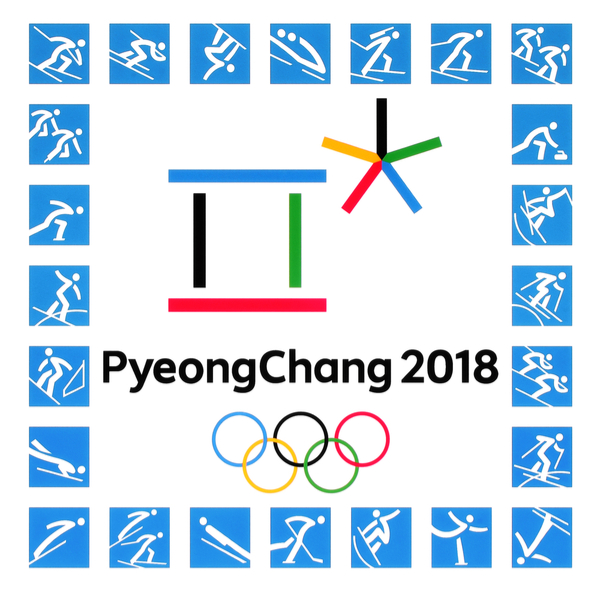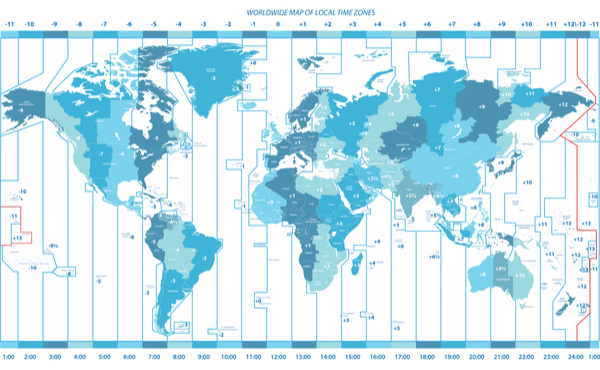2018 will launch live sports streaming solutions into a global broadcasting standard. But it begs the question: if DTC sports streaming becomes the standard, how will each broadcaster differentiate their platform from others?
Not only are major sports media companies making DTC a major part of their growth strategies, but there will be an unusually high density of international multi-sport events in 2018:
- Winter Olympics in Pyeongchang, South Korea
- The Commonwealth Games, or “Friendly Games” in Gold Coast, Australia
- FIFA World Cup in Russia
Not to mention the usual line-up of playoff series and finals:
- The Super Bowl
- Champions League Finals
- Stanley Cup Finals
- NBA Finals
- Tour de France
- World Series
- The myriad tennis and golf opens
“2018’s sports line-up is a great opportunity for media companies going OTT. DTC has become a more cost-effective and time efficient option than traditional broadcasting because the up-front cost to get a channel on air is considerably lower. With cloud video platforms, media companies can launch and deliver live and VOD sports content directly to its user base and unlock revenue opportunities from day one,” says Sean Park, Principal Technical Consultant at Brightcove, one of the leading global provider of cloud services for video.

Many major broadcasters are already planning to launch their direct-to-consumer sports streaming in time for the 2018 seasons.
NBC will air the Olympics live in all time-zones in the US. BBC and Eurosport in the UK Discovery Communications and Eurosport in the EU. Dentsu will sell rights regionally. And SuperSport will air the Olympics in much of Sub-Saharan Africa and South Africa.
NEP Australia is the host broadcaster of the Commonwealth Games.
Fox and Telemundo own rights for the 2018 FIFA World Cup in the US, BBC and ITV in the UK, and a host of national broadcasters across Europe, Asia, Central and South America, Africa and so on.
Each of these events must have OTT coverage, especially because OTT is a perfect match for international and multi-sport events. Even if broadcast rights are negotiated by region, OTT grants regional viewers access to all events in any time-zone, whether they view competitions live or not.
Why is OTT and DTC a perfect match for international sports events?
Three reasons:
- There are too many events occurring simultaneously to broadcast them all on live TV
- Networks will broadcast them locally, but not all time zones can broadcast the events at fortuitous times
- International and/or multi-sport competitions fragment audience attention among diverse and specialized allegiances and interests
Too many simultaneous events to broadcast on TV
Here’s a familiar situation: you’re watching the women’s team gymnastics competition and the finals for the canoe sprint is on simultaneously; you haven’t been able to watch any canoe sprints until the finals, or you didn’t get to see all the gymnastics events you waned. This is a direct result of the TV broadcaster’s limited time slots. Making things more difficult, national allegiances tend to take priority over interest in an individual sport. If you’re in the US, then the women’s team gymnastics events will almost entirely show the US team compete, rather than, say, China’s team or Russia’s.
Or here’s another simpler situation. You have to choose between two different World Cup matches.
OTT and DTC platforms can accommodate you whatever your interest. Unlike TV, live video streaming allows you to choose which event you’d like to watch in that particular moment. If you miss something you’re interested in, then you can always watch it on-demand later. This basically solves the constraints that time and time-zones used to place on TV broadcasting. Now, you can watch everything.
Different time zones, difficult time watching
As recently as the 2006 FIFA World Cup, one had to wake up at 6AM to watch the first game on TV either on cable TV (ESPN) or Univision. If you missed the game, then you missed it period unless you had TiVo. Live streaming solved this issue by keeping a library of video for fans to catch up on their missed games.

Fragmented audience allegiance and interest
International competitions seem to inspire people’s love for underdogs. Recall Iceland’s national team during Euro Cup 2016. They played France in the quarter-finals and lost 5-2, but they tied Portugal and Hungary and beat Austria and England to get there. They’ve now become the world’s smallest nation to qualify for the World Cup in 2018. Or remember Eric Moussambani from Equatorial Guinea in the 2000 Sydney Olympics. He never swam in an olympic-sized pool until the Sydney olympics, where he won a 100m freestyle heat with 01:52 because his competitors false-started twice. The entire stadium cheered wildly.

Broadcasters can’t predict events like this ahead of time. By streaming direct or on-demand, you can make these magical moments available to your viewers.
Wrestling and judo dominate the olympic schedule because there are so many weight-classes and individual matches that these sports run continuously. Previously, you were only likely to see a clip of important matches. Now, if you want to watch every single match, you can.
Whatever your reason for following any particular team or sport, you can now do it with OTT and DTC.
If DTC sports streaming is a standard, how will you differentiate?
After 2018, live streaming sports and offering users libraries of recent video will become standard. So clearly live streaming alone will not make a winning product. Sports streaming companies must invest in their future platforms now by creating new ways of engaging their users.



